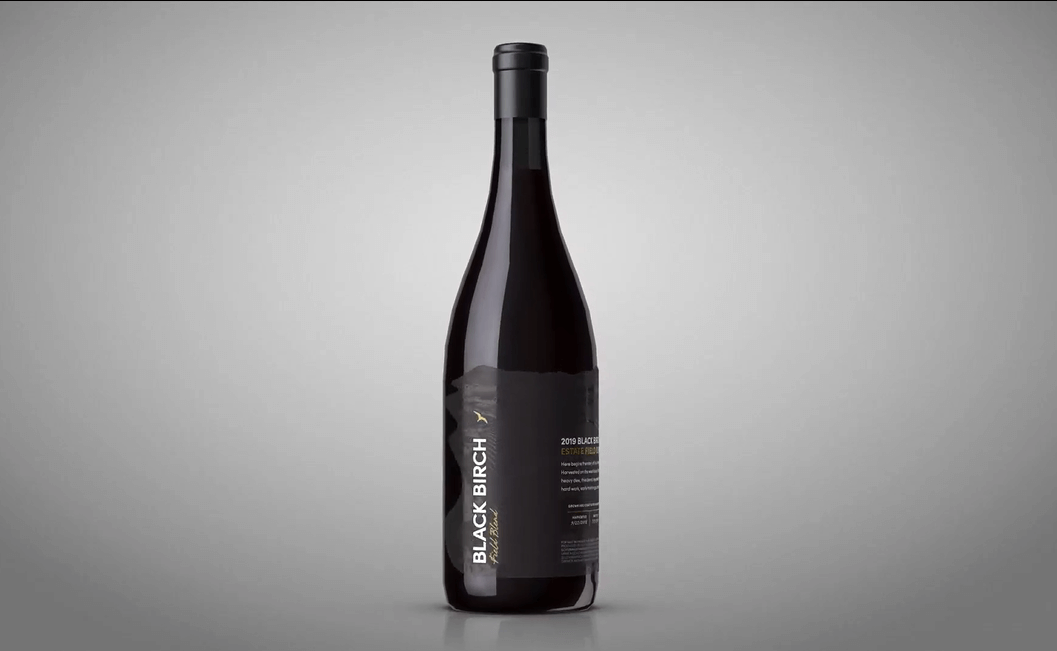What’s the Lifecycle of a Label?
The lifecycle of a label depends on many factors including manufacturing processes, adhesives, and used materials. This time period may coincide with the duration of a product or its packaging. It may also be very short if the label does not apply correctly or falls off due to poor adhesion. Depending on the materials and processes used to create it, the length of time may be extended due to inability to disintegrate and sitting in a landfill or another location.
This makes it important to consider this aspect when choosing your labels for products. For example, if your company promotes sustainability, then you want to take measures to ensure the lifecycle ends at time of disposal or shortly after. One way to achieve this is by using materials capable of breaking down over time naturally without harming the environment. The general lifecycle of a label includes the following:
- Stock Production
- Design & Printing
- Product Application
- Use by Consumer
- Product Disposal
The lifecycle begins when the raw materials, glue, silicone, and other production items are used to create the labeling materials. Next, printing materials including inks, adhesives, and finishes are used to physically produce the label. The branding company will then complete the application process. From here, the label makes its way to the customer who uses it accordingly. Throughout this process, waste will be disposed of by recycling, by landfill dumping, by incineration, or another method.
Increasing Sustainability During the Lifecycle
Throughout the lifecycle of a label, businesses can take steps to decrease waste and reduce environmental impact. For example, choosing to recycle generated waste will prevent it from remaining in a landfill for many years. Another option is to use materials that disintegrate faster thus resulting in less waste. For most companies, it is easiest to focus on reducing generated waste, increasing reliability, and using materials capable of reducing the end of the lifecycle.
One good practice is to use environmentally friendly labeling materials and improved adhesives. Another great area of focus should be the materials, transport, and manufacturing processes used to create the label. As part of this effort, companies can choose to use materials that pose less harm with limited waste.
At Flexo-Graphics, we understand the importance of your company’s dedication to taking measures toward sustainability and environmental friendliness. Contact our team today to learn how we can help you manage the lifecycle of your labels.
THE LATEST FROM INOVAR
WE'RE HERE TO SERVE YOU
Creating and producing labels can be overwhelming, but our experts are here to guide you every step of the way. Whether you have a project ready to go, have questions about label applications or materials, or want to learn more about our services, our team is ready to assist you.




